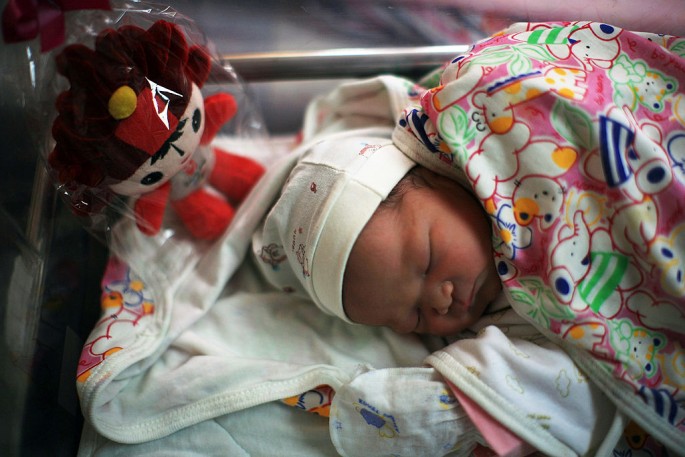China’s relaxation of its one-child policy at the start of 2016 was the subject of speculation if it would lead to Chinese families having a second child. After 10 months, which is sufficient time to bear a child full-term, the numbers are in.
China Daily reported that for the first six months of 2016, the proportion of newborn babies in the country who were second children increased to 44.7 percent of the total. It grew by 6.9 percent from 2015’s 37.9 percent.
Data from the National Health and Family Planning Commission said 8.31 million babies were registered across China as of June 30. In some places, such as big cities, the proportion of second children to total newborns was more than half.
The 44.7 percent is the highest proportion of second children in China since the country imposed the one-child policy in the late 1970s. Although the second-child policy was officially implemented in early 2016, as early as 2014, there were already some exceptions to the one-child policy such as when one of the parents was an only child, which started to increase in number of second children.
The commission said it expects a clear increase in total births for 2016 and a bigger proportion of second-child newborns.
Commenting on the changes, Yuan Xin, population scientist at Nankai University in Tianjin, said, “If this grows into a trend, then the new two-child policy will prove to be working.” He added the long-term effect of the universal two-child policy is significant to the sustainable development of China.
Because of the two-child policy, by 2050, China is expected to have an extra 30 million working age people and decrease the aging rate by 2 percent, according to the commission’s projections, Jakarta Post reported.



























